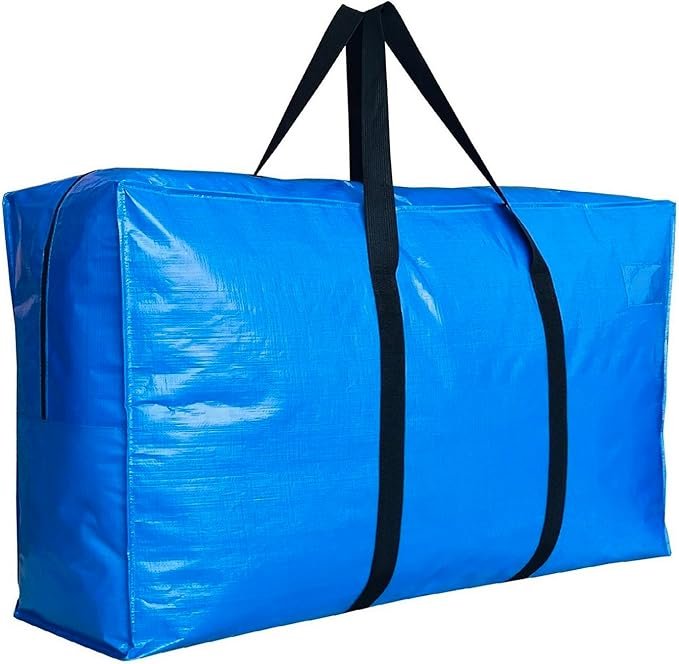How to Store Your Outdoor Gear So It's Always Adventure-Ready
As someone who spends a good chunk of the year outdoors, I've learned the hard way that properly storing your gear isn't just about keeping things tidy—it's about ensuring your equipment is ready for your next adventure. After all, nothing crushes the excitement of a spontaneous weekend trip like pulling out a musty sleeping bag or discovering your tent poles have rusted together. I've linked some of my go-to storage solutions below—I'm an Amazon affiliate, so I may earn a small commission if you purchase through these links, at no extra cost to you.
Storing Your Sleeping Bag
Down and synthetic sleeping bags need airflow to stay fresh and lofted. Here's what I recommend:
Dry it thoroughly: After any trip, unzip the bag fully and hang it to air out. Even if you think it’s dry, give it an extra day.
Ditch the stuff sack: Long-term compression crushes the insulation. Store your sleeping bag in a large breathable storage sack (many come with one) or hang it in a dry closet.
Protect it from critters: If you’re storing gear in a garage or shed, use a sealed bin or storage bag to keep mice and insects out.
This Amazon jumbo storage bag is a great option for storing your sleeping bag.
Backpacks: Clean, Dry, and Ready for Action
I once grabbed my backpack for a fall hike only to find a forgotten energy bar had become a mouse buffet. Not ideal.
Here’s how I prevent that now:
Empty everything: Even the side pockets and hip belt. Crumbs, wrappers, or forgotten tissues are mouse magnets.
Wipe it down: A damp cloth is usually enough for dirt, but if it’s grimy, a gentle soap solution works well.
Air it out: Moisture trapped in seams or padding can create mildew. I like to hang mine upside down in a dry spot for a day or two.
My absolute FAVORITE soap to gently clean just about everything.
Sleeping Pads: The Unsung Heroes of Comfort
Your sleeping pad might seem indestructible, but a careless fold or trapped moisture can leave you with leaks or cracks.
Inflate it slightly before storing: This helps prevent creases and keeps internal baffles from sticking together.
Store it flat or loosely rolled: Avoid tight folds that stress the material over time.
Keep it dry: Moisture is the enemy, especially if your pad has foam inside.
Kayaking Gear: The Damp Danger Zone
After one particularly wet day on the Puget Sound, I thought I'd done a thorough rinse of my kayaking gear. Turns out, I missed a pocket in my PFD, and a week later it smelled like low tide. Now I always:
Rinse everything: Salt and dirt wear down materials quickly.
Hang items to dry completely: I lay my spray skirt flat and hang my life jacket upside down to ensure water doesn’t pool in hidden pockets.
Store loosely: Folding dry bags and wetsuits tightly can damage the material. I opt for loosely coiling or draping them.
Get these S-hooks while the deal lasts. They’re versatile and can be used to store both indoor and outdoor gear.
The "One Spot" Rule
When organizing my basement as our outdoor gear hub, I made sure to establish the "one spot" rule—each activity gets its own designated storage area. Hiking gear lives in one corner, ski gear in another, and kayaking gear has its own shelf. It's made packing easier, and we no longer lose time digging for a missing glove or tent stake.
Final Thought: Gear Loves TLC
A little extra effort after your trip means you won’t be greeted by mildew, rust, or mouse surprises when you’re ready for your next adventure. Trust me, your gear (and your nose) will thank you.
If your gear storage could use a refresh, I can help you get everything organized and ready for all your upcoming adventures. Reach out today, and let's make your next trip stress-free and simple!






